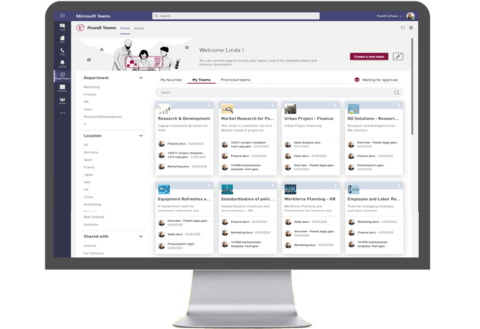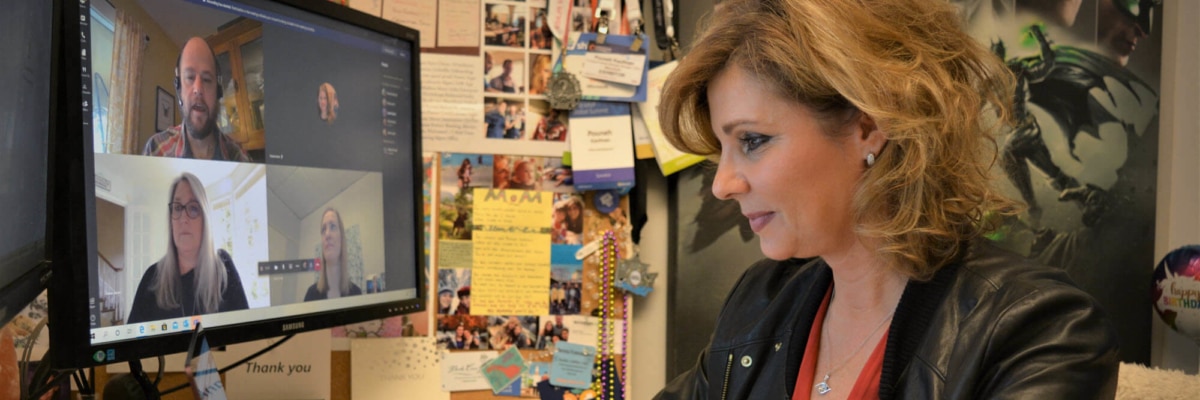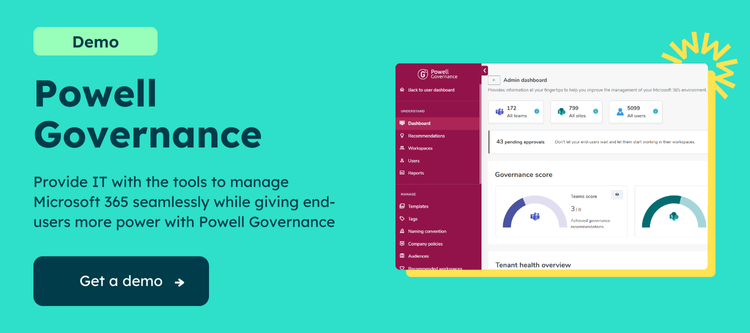Microsoft Teams usage and COVID-19:
How the pandemic made it a must-have tool
If your team wasn’t already working remotely, they probably are now due to COVID-19. Over 2.5 billion people around the world are under stay-at-home orders, including most of Europe, the United States, and many countries in Asia. As we adjust to this new normal, experts say that the coronavirus pandemic will forever change the way we work. Companies see firsthand proof of the advantages of working from home, and many are expected to continue the shift towards remote work long after the crisis has ended.
Microsoft is among the companies experiencing a huge surge in demand for its remote work tools. The company reported a 1000% surge in the number of Microsoft Teams video calls in March 2020, setting a new record of 2.7 billion worldwide meeting minutes in a single day.
Microsoft Teams usage has also shifted to nearly half of all meetings now using video, up from just 21%. This is a testament to the value of being able to physically see our coworkers instead of simply speaking to them over the phone.
Optimizing your Microsoft Teams adoption strategy for faster implementation
With your team already working from home, time is of the essence when it comes to company-wide Microsoft Teams adoption. So how do you facilitate a smooth and speedy transition without leaving anyone behind? Our foolproof strategy involves a few steps that are designed to get everyone on board.
Create a company-wide narrative
The first step in successful Microsoft Teams adoption is to create a narrative that answers the “why” questions your team might have. A few examples are:
- Why is this new technology necessary?
- Why should I incorporate it into my daily workflow?
- Why was Microsoft Teams chosen over the alternatives?
- Are there any benefits to it for me?
Answering these questions will motivate your team to start using Teams by rallying everyone around a shared goal.
Give adequate Microsoft Teams training
A common barrier to any new technology adoption is user frustration and confusion. Employees can’t effectively use Microsoft Teams if they don’t understand how each feature works. Your Microsoft Teams adoption strategy should dedicate plenty of time and resources to company-wide training.
Thankfully, this is one area where you’ll have a bit of help. Microsoft has a dedicated online library of Microsoft Teams training videos that will walk your employees through everything from getting started to sharing files and attending virtual meetings. All you need to do is share the link with your team and give a reasonable deadline to complete the training.
But Microsoft Teams training shouldn’t stop there. While these tools are a great resource to learn the technicalities of Teams, your company will also need to establish and communicate policies regarding its use.
Your Microsoft Teams governance plan might include a naming scheme for teams and channels, policies for archiving content, and deciding which third-party apps to integrate. Use our Microsoft Teams governance guide to start defining these internal policies.
Support employees with lower digital dexterity
It’s common knowledge that not all employees possess the same level of technological literacy. While some team members will excel in Microsoft Teams usage from day one, others may struggle indefinitely to incorporate it into their daily workflow.
We often use the term digital dexterity to discuss employees’ varying abilities to adapt to new technologies. According to research, fewer than one in ten people in today’s workforce meet the criteria for high digital dexterity.
What may surprise you is that no single generation is more or less likely to be digitally dexterous; millennials are just as likely as older generations to have high digital dexterity. This will make it more difficult for managers to predict and identify which individuals might need additional support during the Microsoft Teams adoption process.
To overcome the divide caused by digital dexterity, make sure those at the lower end of the scale have access to adequate training and support. For some companies, this may involve having a dedicated technical support team. Smaller organizations could benefit more from providing employees with access to external support as needed.
Keep in mind that digital dexterity is driven by company culture. Reward and incentivize employees who find ways to streamline their workflow using Microsoft Teams. You might also consider setting up inclusive virtual activities like happy hours, trivia games, or coffee breaks to continue driving Microsoft Teams adoption and learning through fun events.
Overcome fears and challenges
Microsoft Teams adoption isn’t a linear process. It’s common to experience setbacks and challenges along the way. The key to overcoming these is internal communication. Collect regular feedback from managers and employees, asking what’s working and what needs improvement. Make sure to address these issues promptly; this will demonstrate to the entire company that leadership is listening to their concerns.
Leverage third-party tools
While Microsoft Teams is a great tool on its own, its native features might not provide everything your company needs. Third-party apps can support the Microsoft Teams adoption process and help make the transition process faster and smoother. For this, we recommend Powell Governance, an app that accelerates adoption by improving organization, management, and governance.

Microsoft Teams adoption with Powell Governance
So how exactly does Powell Governance facilitate Microsoft Teams change management? Here are just a few tools to look forward to with this app:
- Easy-to-use admin console that makes Teams management a breeze; no coding or technical knowledge necessary
- A smart user dashboard that compiles the news, recent activity, important documents, and more in one place
- Templates that allow you to predefine settings, channels, and tabs
- Customized reporting to better understand how your organization uses Teams
- Artificial intelligence recommendations that make sure the right people see the right content
- Organization tools that control naming and prevent duplicates




